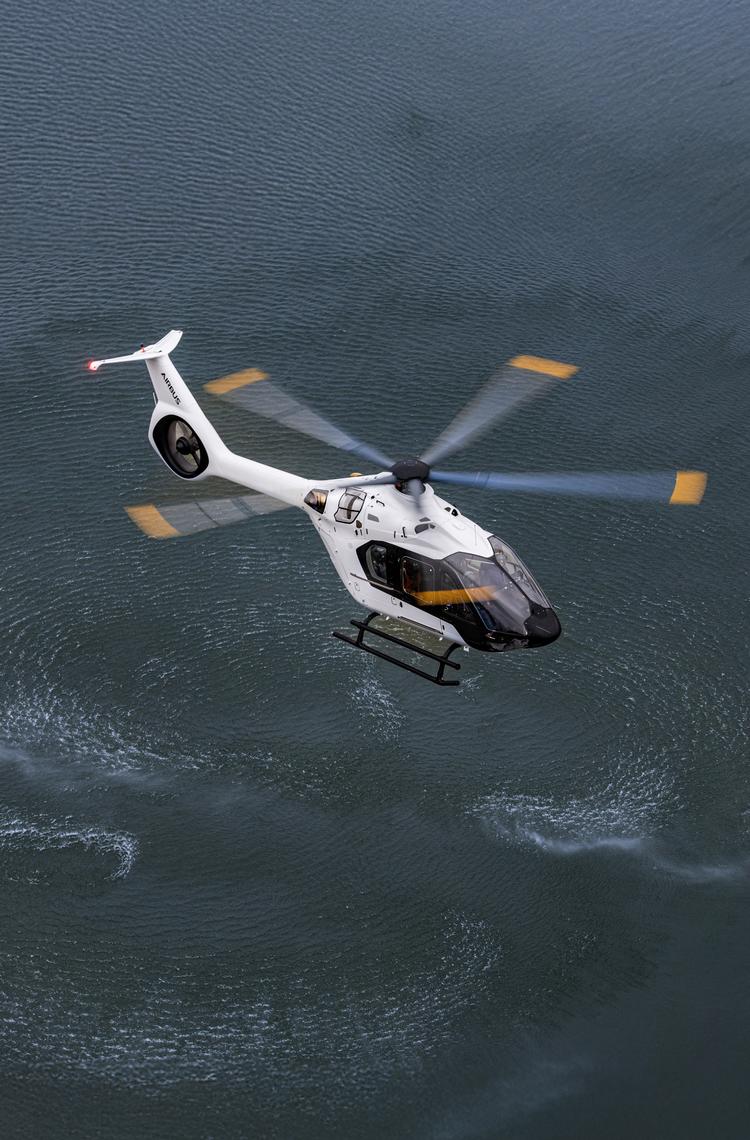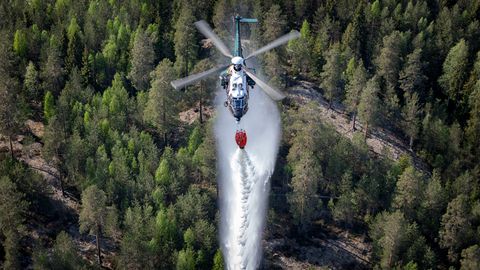Airbus Helicopters’ German Chief Test Pilot, Volker Bau, is the person responsible for charting the H140’s flight path to certification.
“There’s no space for emotions during flight tests,ˮ says Volker Bau and as one of Airbus Helicopters’ chief test pilots since 2011, he knows what he’s talking about. With 20 years of flight experience in the military followed by a flight test career now in its 25th year, the H140 campaign is the latest landmark in his career. “It’s definitely not another day at the office. It’s emotional when you come home, but before that, you’re very focused on the mission. It’s a kind of positive stress, you work in a team, you choose what you’re going to test and, as part of the team, you solve any problems.”
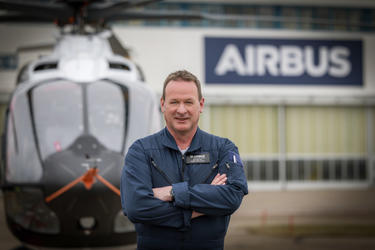
Hot, high and cold
For every campaign, everything is meticulously planned. “We do a risk assessment for every flight, ˮ says Bau. “So if we do CAT A in high altitude by shutting down one engine and we can land safely, then we will carefully increase the weight of the aircraft and see how it operates under these new ‘conditions’. When we are on a campaign, there are around 10 people sitting in the briefing and debriefing to discuss the results and how we can improve, how we can change the rotor law, the rotor speed, the engines, the full authority digital engine control (FADEC).” The H140’s flight testing will focus on the helicopter’s performance in hot, high and cold conditions. “We have to go to environments where it is very cold: we are looking for -40°C or less,” explains Bau. “Where it’s hot: we are looking for +45°C or more. And for high altitudes that’s around 10,000 ft up to 20,000 ft.”
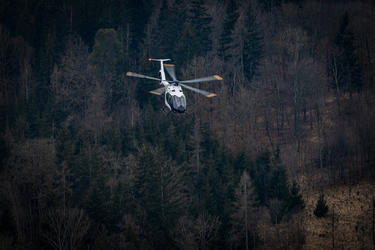
The rigour that gets in right
One thing that Bau emphasises is that the process is extremely thorough. “On this prototype, we always have telemetry. So, there are up to 10 people in a room monitoring everything. They see every movement you make; they see every input. They hear every voice, every word, and they comment on everything you do. You are monitored,” he emphasises. Whilst absolute rigour is essential to create the safest possible helicopter, it is also clearly beneficial to the quality of the product that will be on the market. This is due to the influence pilots have during flight test campaigns, providing feedback that is actioned.
“The most challenging aspects are, naturally, working to test vital functions of the helicopter as safely as possible, working in this team and working to develop the most effective helicopter possible, for the operator to use later,” says Bau. “In the early days of testing the H145 I was not happy with where the engine knobs were and where the generator knobs were. So, I drafted on paper where I would like to have these knobs, gave it to the team and the next day I had the technical drawing. Today every helicopter that we sell has this installation of knobs. So yes, pilots have influence, and this is part of the challenge, to ultimately ensure that the operator can fulfil their mission optimally, efficiently and safely.”
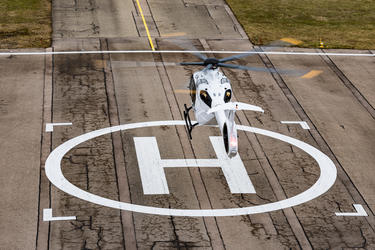
At the controls for the first flight
With a new cabin, T-tail, and Fenestron, the H140 is a brand-new helicopter and, as one of the first people to fly it, Bau is one of a select few who can describe how it flies. He is happy with the early results. “We had this stroke of genius on the H145 with these five-bladed rotors which reduced the vibrations to almost zero and we now see the exact same positive effect on the H140 with its five-bladed rotor,” he notes.
